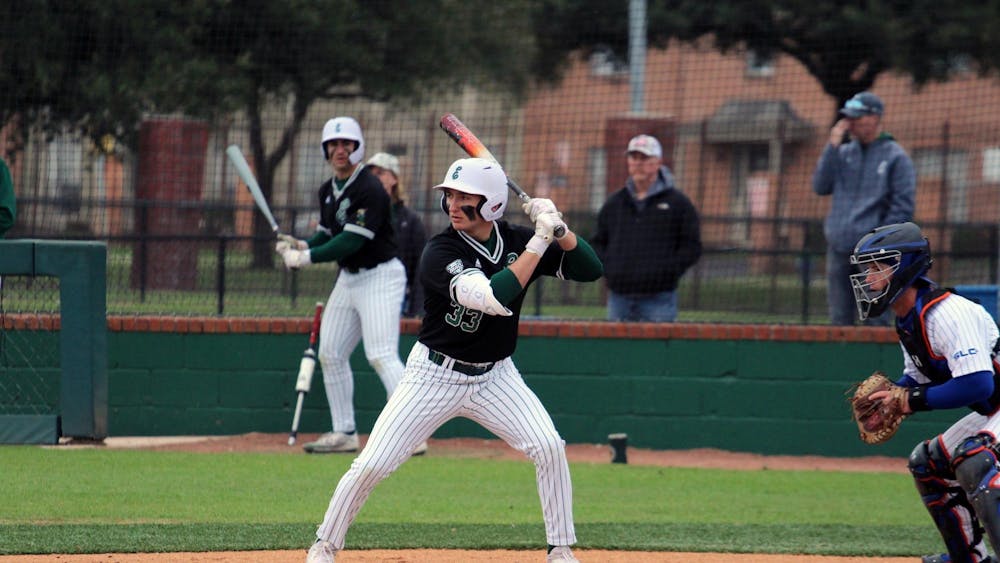On April 25 peaceful protests over the Baltimore Police Department’s involvement in the death of Freddie Gray turned violent, escalating into riots that lasted through the night. Social media exploded with commentary and people condemned the violence and the lootings. No one wants to see a city burn and people get hurt. Several contrasts were made between the peaceful protests led by Dr. Martin Luther King Jr. and these protests. These contrasts were made in order to take legitimacy away from the protests and paint them as being simply violent.
We cannot forget why these protests are happening. There is a serious problem with how the police treat those in the African-American community, as well as with the massive inequality between whites and African-Americans both economically and within our criminal justice system.
It is a statistical fact that police treat African-Americans different from whites. According to the American Civil Liberties Union, African-Americans are 3.7 times more likely than whites to be arrested on marijuana charges, despite using the drug at equal rates. FBI crime statistics report that 28 percent of people arrested are African-American, despite only constituting 13 percent of the total population. According to the Independent Research Project’s Mapping Police Violence, 26 percent of people killed by police in 2014 were African-American, and 40 percent of unarmed victims were African-American.
The cause of this inequity has a number of possible explanations. The easiest explanation is that police forces discriminate against suspects based upon race.
In Ferguson this was clearly illustrated by the Department of Justice’s report on the city’s police department. The DOJ found that 85 percent of traffic stops, and 95 percent of all arrests for minor “police discretion” offenses, like jaywalking, were on African-Americans. City officials were found to have exchanged blatantly racist emails and police were found to have frequently violated African-American citizens’ constitutional rights.
A second explanation that points to a systemic inequality between African-Americans and whites is that poverty causes crime and poverty is more common and pervasive in African-American communities.
The Pew Research Center reported that the wealth of white households was 13 times greater than the median wealth of African-American households in 2013. This racial wealth gap isn’t a new phenomenon either. In 2010, the wealth gap was eight times greater, in 2004 it was seven times greater, and back in 1989 it was 17 times greater.
The Federal Reserve reported that the median income of minority households fell 9 percent between 2010 and 2013. According to the Bureau of Labor Statistics, the March 2015 unemployment rate among African-Americans was 10 percent, which was twice as high as the rate among whites. According to data collected by the U.S. Census Bureau, 27 percent of African-Americans live below the poverty line, compared to only 10 percent of whites.
Poverty has been shown to have a high correlation to crime rates. A report released by the Bureau of Justice Statistics found that persons in poor households had higher rates of gun violence and violent victimization. Another study out of Ohio State found that areas with similar poverty rates had similarly violent crime rates when compared to wealthier, less disadvantaged areas, regardless of race.
We can argue about whether the actions of the police and rioters are right or wrong. What we cannot argue, however, is whether or not there are systemic inequalities between African-Americans and whites in the U.S. The facts clearly point to these inequalities existing. Until something is done to fix these inequalities, I don’t believe we will see the violence occurring across the country ending anytime soon.








